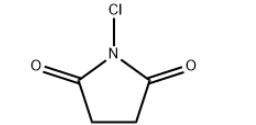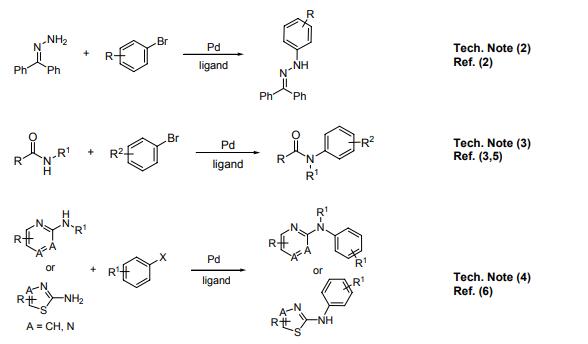From early AD to mid-19 century, people mainly use the natural organic substance (such as animal and plant extracts) for qualitative analysis or quantitative analysis. From the second half of the 19th century to the 1920s, it had begun to appear of artificially synthetic organic reagent such as using potassium acetate xanthan for test of nickel, copper, and molybdenum; using morin for test of aluminum; using diazo coupling reaction for the detection of Nitrite; using α-β-nitroso naphthol for detection of cobalt; using dimethyglyoxime for nickel test. After the proposal of the special-effects group in the 1930s and the proposal of theoretical analysis of functional groups theory in 1950s, people had carried out large-scale screen of organic reagents in search of special-effects analysis groups for different ions and had successfully synthesized a lot of agents of practical value (such as copper reagents, new copper agent, cadmium reagents, beryllium reagent, thorium reagents, etc.). Before the 1950s, the complex compound, in analytic chemistry, is mainly used in the aspects of the precipitation reaction of a binary chelate for the qualitative detection, precipitate isolation and gravimetric separation and other aspects. In the early 1950s and 1960, it is mainly in the form of complexometric titration. From the beginning of the late 1960s, the main focus has been moved to the photometric analysis. Meanwhile, it has been also developed of chelate organic solvent extraction.
What is 4-Methylmorpholine?
N-methyl morpholine is an important fine chemical product. It is an excellent solvent, emulsifier, corrosion inhibitor, polyurethane foam catalyst, can also be used as pesticide intermediates.
May 8,2021 Organic reagentsWhat is Guanidine thiocyanate?
Guanidine thiocyanate is one of the cheapest and easiest to prepare of the guanidine salts. Guanidine Thiocyanate is an ultrapure, molecular biology grade reagent.
Apr 26,2021 Organic reagentsWhat is p-Toluenesulfonic acid monohydrate?
p-Toluenesulfonic acid monohydrate is an organic-soluble acid catalyst in organic synthesis. The catalyst has been incorporated in the esterification of carboxylic acids or transesterification of este
Apr 26,2021 Organic reagentsWhat is Methanesulfonic acid?
Methanesulfonic acid appears as colorless or slightly brown oily liquid, appearing as solid at low temperatures.It also has strong corrosion effect against the metal iron, copper and lead.It can be us
Apr 22,2021 Organic reagentsWhat is Diphenylphosphoryl azide?
Diphenylphosphonic azide acts as a reagent for the synthesis of peptides and phosphoramidates by reacting with amines. It is also used in the preparation of oligosaccharides linked with carbamate and
Apr 19,2021 Organic reagentsWhat is Trimethylsilyl trifluoromethanesulfonate?
Trimethylsilyl trifluoromethanesulfonate is composed by trifluoromethesulfonate and trimethylsilane group, under room pressure it is a colorless liquid.
Apr 14,2021 Organic reagentsWhat is Trifluoromethanesulfonic acid?
Trifluoromethanesulfonic acid, also known as triflic acid, TFMS, TFSA, HOTf or TfOH, is a sulfonic acid with the chemical formula CF3SO3H. It is often regarded as one of the strongest acids, and is on
Apr 12,2021 Organic reagentsWhat is N-Chlorosuccinimide?
N-Chlorosuccinimide (NCS) is a chlorinating and oxidizing reagent. It is also used as a mild oxidant. NCS is related to succinimide, but with NCl in place of NH. The N-Cl bond is highly reactive, and
Mar 25,2021 Organic reagentsWhat is 2,2'-Dithiobis(benzothiazole)?Uses,Improve purities,Preparation
2,2'-Dithiobis(benzothiazole) (DM) is an excellent accelerant for rubber vulcanization. It is widely used in rubber industry meanwhile it is a pharmaceutical intermediate with high activity.
Sep 9,2020 Organic reagents4,5-Bis(diphenylphosphino)-9,9-dimethylxanthene
Xantphos is an organophosphorus compound derived from the heterocycle xanthene. It is used as a bidentate diphosphine ligand and is noteworthy for having a particularly wide bite angle (108°).
Aug 17,2020 Organic reagents








